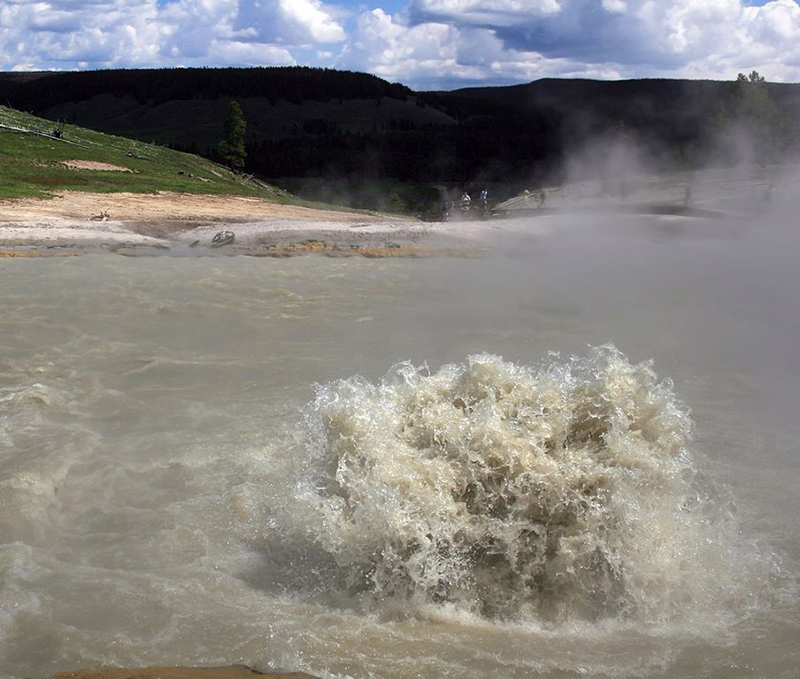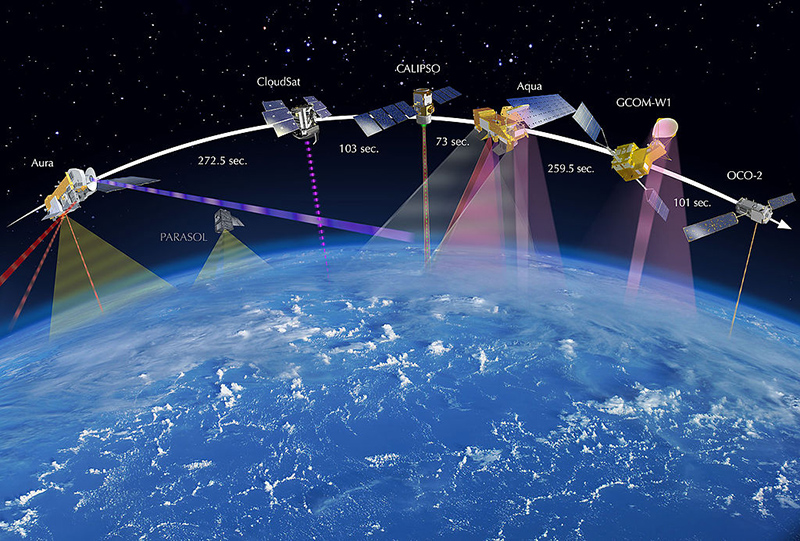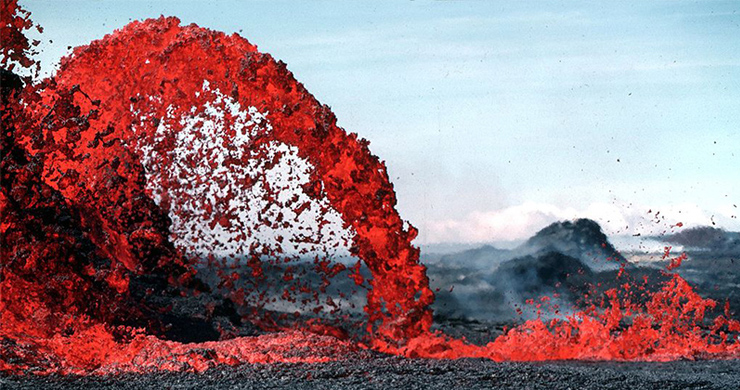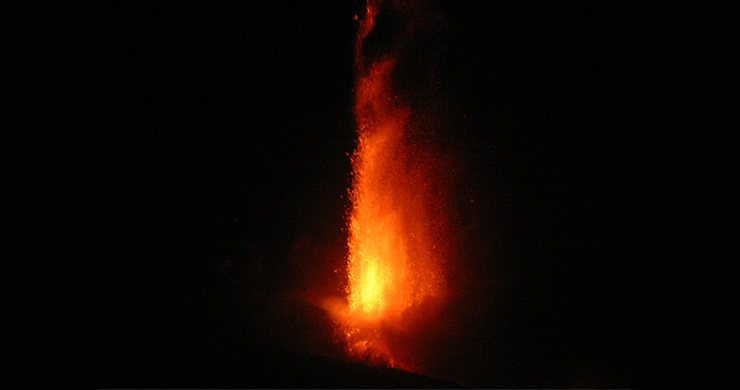Prediction, Planning & Preparing for Tectonic Hazards
Prediction, Planning & Preparing for Tectonic Hazards Prediction
Prediction
The most important tool for predicting earthquakes and volcanoes is a seismometer which measures shaking in the Earth.
The diagrams they make are called seismographs.
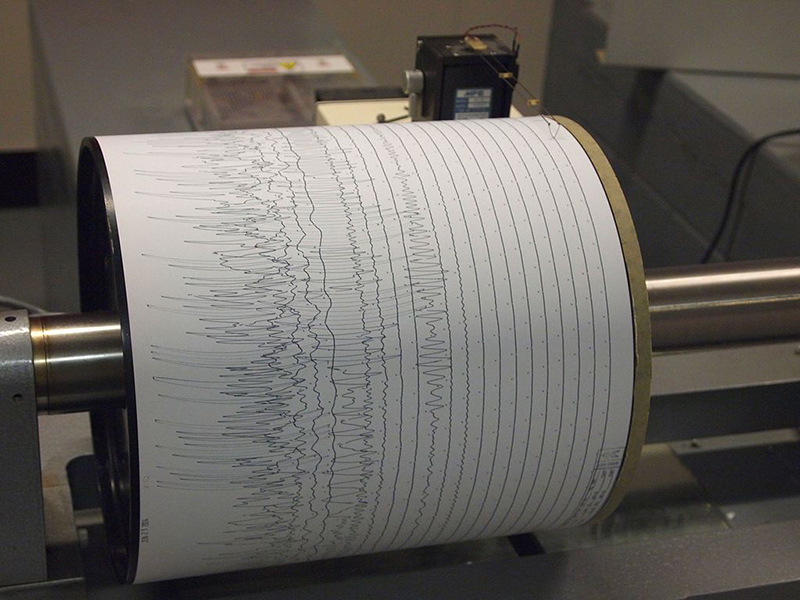
Image: Seismogram at Weston Observatory - Z22 © Wikimedia Commons under Creative Commons Attribution-Share Alike 3.0 Unported
Remember this diagram from the last edition of GITN.
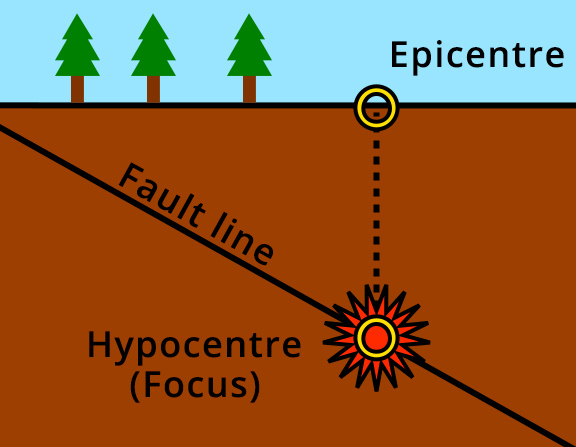
Image: Epicentre Diagram - Ansate / Sam Hocevar © Wikimedia Commons under Creative Commons Attribution-Share Alike 1.0 Generic
Some small waves of energy called body waves travel in a straight line from the focus to a place on the surface.
Body waves are called P & S waves.
Body waves arrive first and are mostly harmless.
The dangerous waves are surface waves.
Surface waves have to reach the surface first and then spread out like ripples in a pond.
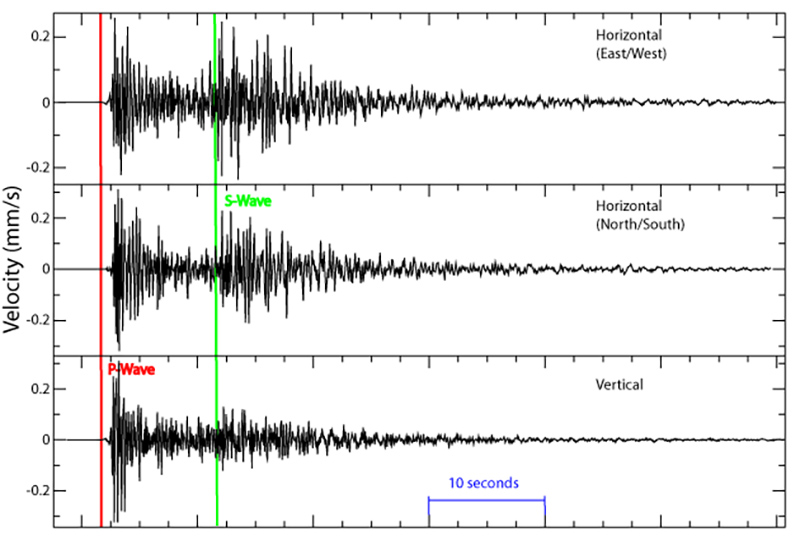
Image: Seismogram - Pekachu © English Wikipedia
These surface waves arrive several tens of seconds after the P & S waves. This might not sound like a lot but automated alarms can:
- Bring down automatic shutters over windows.
- Automatically shut down gas as water valves.
- Give an alarm so that people can get to a safer location.
- Trigger tsunami warning systems.
As well as their importance in helping with earthquakes a particular seismograph pattern called a harmonic tremor shows that magma is moving beneath a volcano and an eruption could happen soon.
Gasses around volcanoes come out of fumaroles scientists check for changes in the gasses to see if an eruption is more likely.
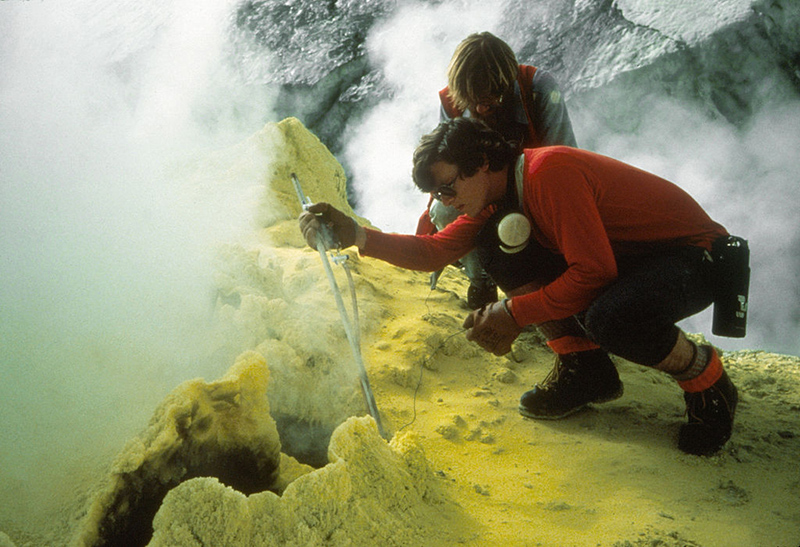
Image: Baker Fumarole - W. Chadwick / USGS © Public Domain
Checking the water in hot springs can also be a good sign that a volcano might erupt soon.
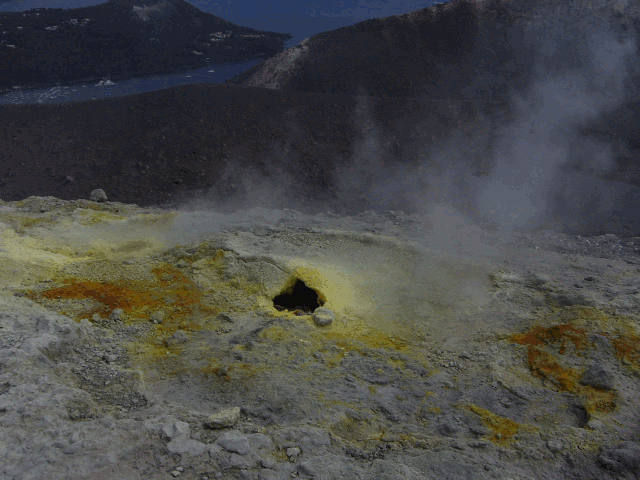
Image: Fumarola, Vulcano, Sicilia, Italia, 2015 - Benjamín Núñez González © Wikimedia Commons under Creative Commons Attribution-Share Alike 4.0 International
Calculating the time between eruptions can give a good indication of how often a volcano erupts.
Image: Churning Caldron - Brocken Inaglory © Wikimedia Commons under Creative Commons Attribution-Share Alike 3.0 Unported
Until recently people would go and measure slope angles and distances to see if the surface was moving.
Today most of these types of measurements are made by remote sensing from satellites and sometimes special 3D cameras on planes.
Image: A-Train w-Time2013 Web - NASA JPL / NASA © Public Domain
Prevention
Satellites, seismographs and direct measurements help geologists produce maps of hazards.
Laws are passed that in areas at danger from earthquakes new buildings have to be built to withstand powerful earthquakes.
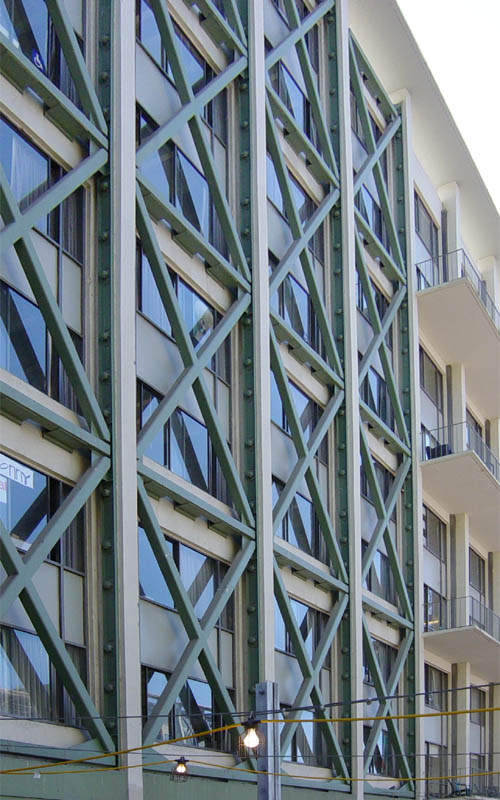
Image: ExteiorShearTruss - Leonard G. © Wikimedia Commons under Creative Commons Attribution-Share Alike 1.0 License
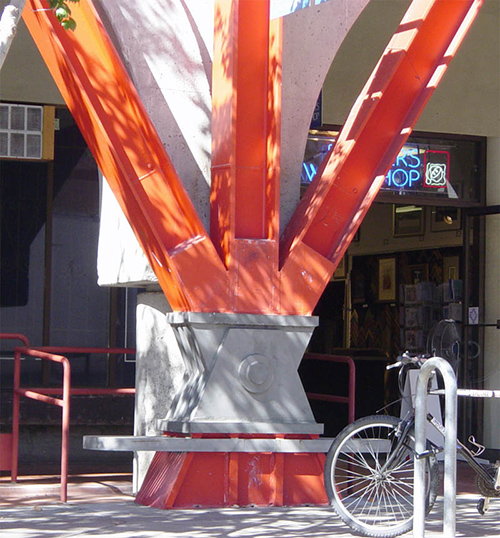
Image: ExtReenfDetail - Leonard G. © Wikimedia Commons under Creative Commons Attribution-Share Alike 1.0 License
Older buildings can also be improved with external bracing and earthquake bolts so that they can withstand earthquakes.
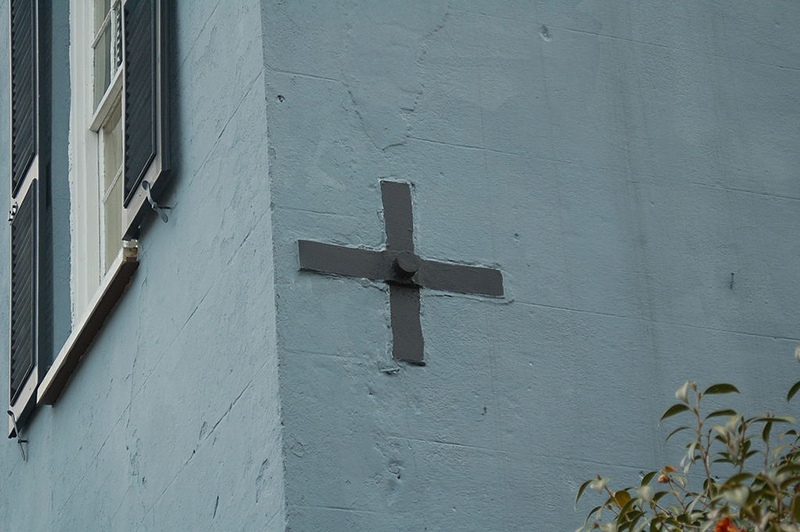
Image: Charlestonbolt - RegBarc © Wikimedia Commons under Creative Commons Attribution-Share Alike 3.0 Unported
Some city planners have high blocks of buildings to stop fires caused by earthquakes.
Parks are built alongside rivers rivers to make safe places for people to shelter from fires.
Some places are too dangerous to allow building. Such places are often called ‘red lined’ because planners often drawing red lines around these places.
Preparation
Practice makes perfect and it is important to practice what to do in an emergency.
Practice evacuations from volcanic hazards and earthquake drills are all really important in saving lives when a disaster happens.
In Japan there is a disaster day each year when all people practice what to do in the event of a disaster.
Student Activity
Use the A3 activity sheet to help you think about what you would do if you were in charge of a town or city close to one of the major volcanoes from article 2.
